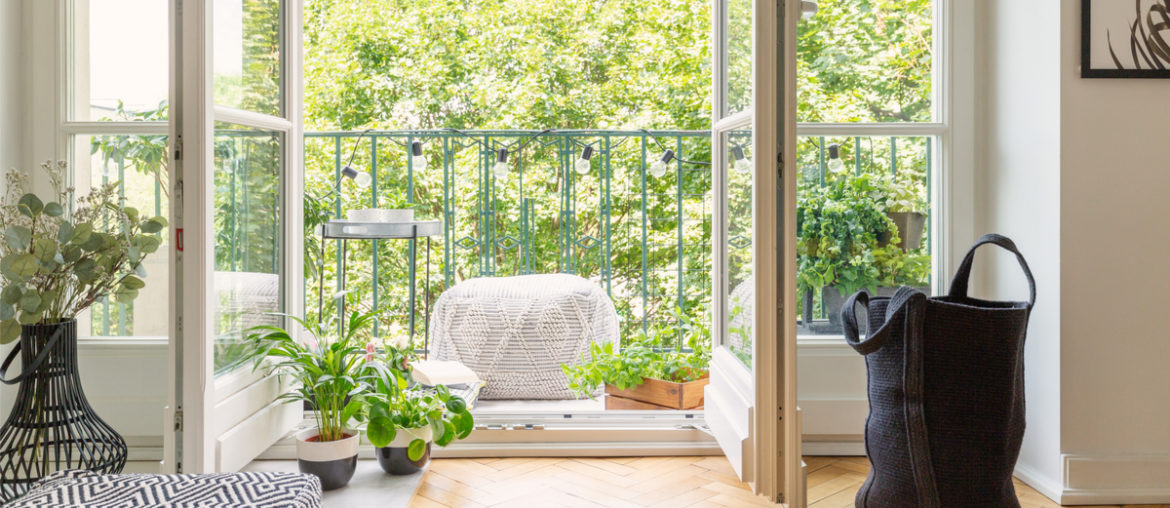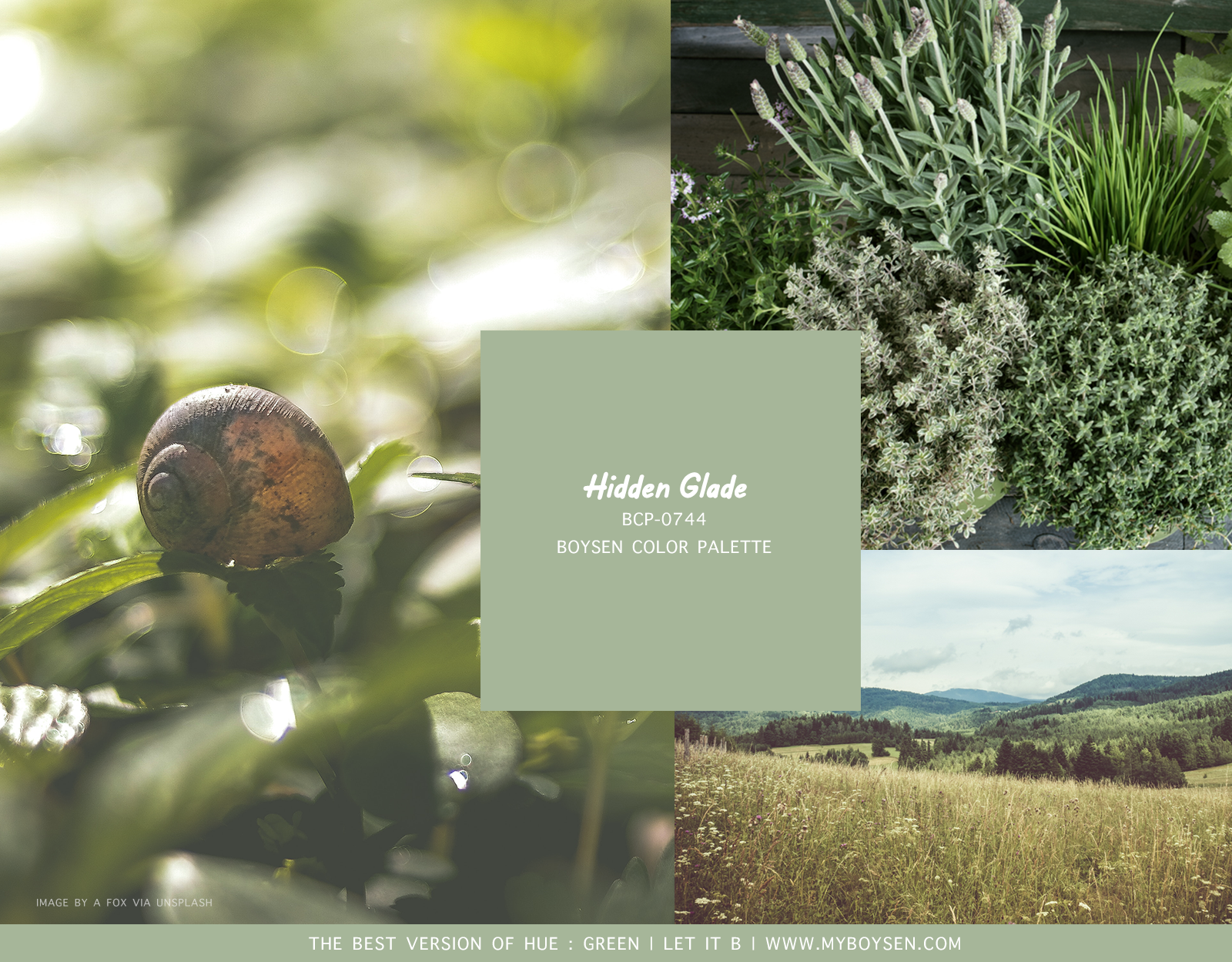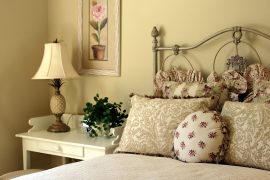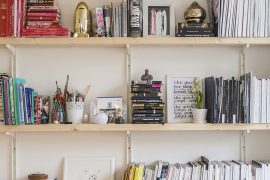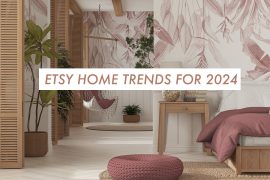Have you noticed that social media is replete with posts about gardening, urban farming, and plants in interior and exterior spaces? It’s like people are turning into nature lovers, treehuggers, plant enthusiasts, or organic farmers.
There is a term for it: BIOPHILIA.
Coined by German psychologist Erich Fromm, biophilia was made famous by American biologist Edward O. Wilson in the late 70s. He described biophilia as “the rich, natural pleasure that comes from being surrounded by living organisms.” It is humankind’s innate connection with nature.
Biophilic Design
We express this connection with nature also in our built structures, if possible by having our living spaces as extensions of nature. We seldom see this in our homes though, that may look like shoeboxes or structures that are held together by prayer and sheer luck. But hey, let’s not knock it if we’ve got one. Let’s cherish it, keep it clean, and snazz it up. It’s the home that has kept us safe and will keep us safe while the coronavirus is roaming the world, and thereafter.
Biophilic design is not new; it can be found in the earliest human structures. In fact today, it has become mainstream with many architects and interior designers integrating natural elements like wood, water, and natural light into their designs. With the pandemic, biophilic design is given an extra push forward in intention if not yet reality.
Why is this?
“Biophilic design can reduce stress, enhance creativity and clarity of thought, improve our well-being and expedite healing; as the world population continues to urbanize these qualities are ever more important,” (Terrapin Bright Green LLC)
Living in a city is not how human beings connected and bonded with nature a long time ago. Our tribe was our community. We looked to nature to provide us our basic needs through hunting or agriculture. Now in the cities we inhabit, nature is pushed to the periphery.
If urbanization awakened our longing for nature in our homes for reasons of health and well-being, the pandemic pushed it to the fore of our consciousness.
In the past months, we have expressed our need to have nature in our homes either digitally through Countrycore (living a rural life through imagination and imagery), or in reality through container gardening in whatever space is available in our homes. There are the lucky ones who have gardens. Some of them are turning a part of that into vegetable patches.
The Elements of Biophilic Design
There are two dimensions to biophilic design (Stephen R. Kellert, Biophilic Design: The Theory, Science, and Practice of Bringing Buildings to Life). First, it is the organic dimension where we have a real or symbolic experience of nature. And second is the vernacular connection, such as the connection of buildings to the geographic area.
Here are six biophilic design elements.
Environmental Features
Environmental features are elements found in nature like air, water, sunlight, and plants. Incorporating these, including earthy colors, give a natural feel to a space. Gardens, patios, natural materials like wood, even views of surrounding green areas impart a feeling of comfort and safety.
View this post on Instagram
Since Boysen Color Trends started in 2015, we have curated color palettes that show this love for nature. In 2015, we introduced NATURIST with lush forest greens and deep earth tones.
In 2020, we launched ORIGINS, a palette that offers a comforting and grounded ambience with the colors of the earth and the foliage of our tropical islands.
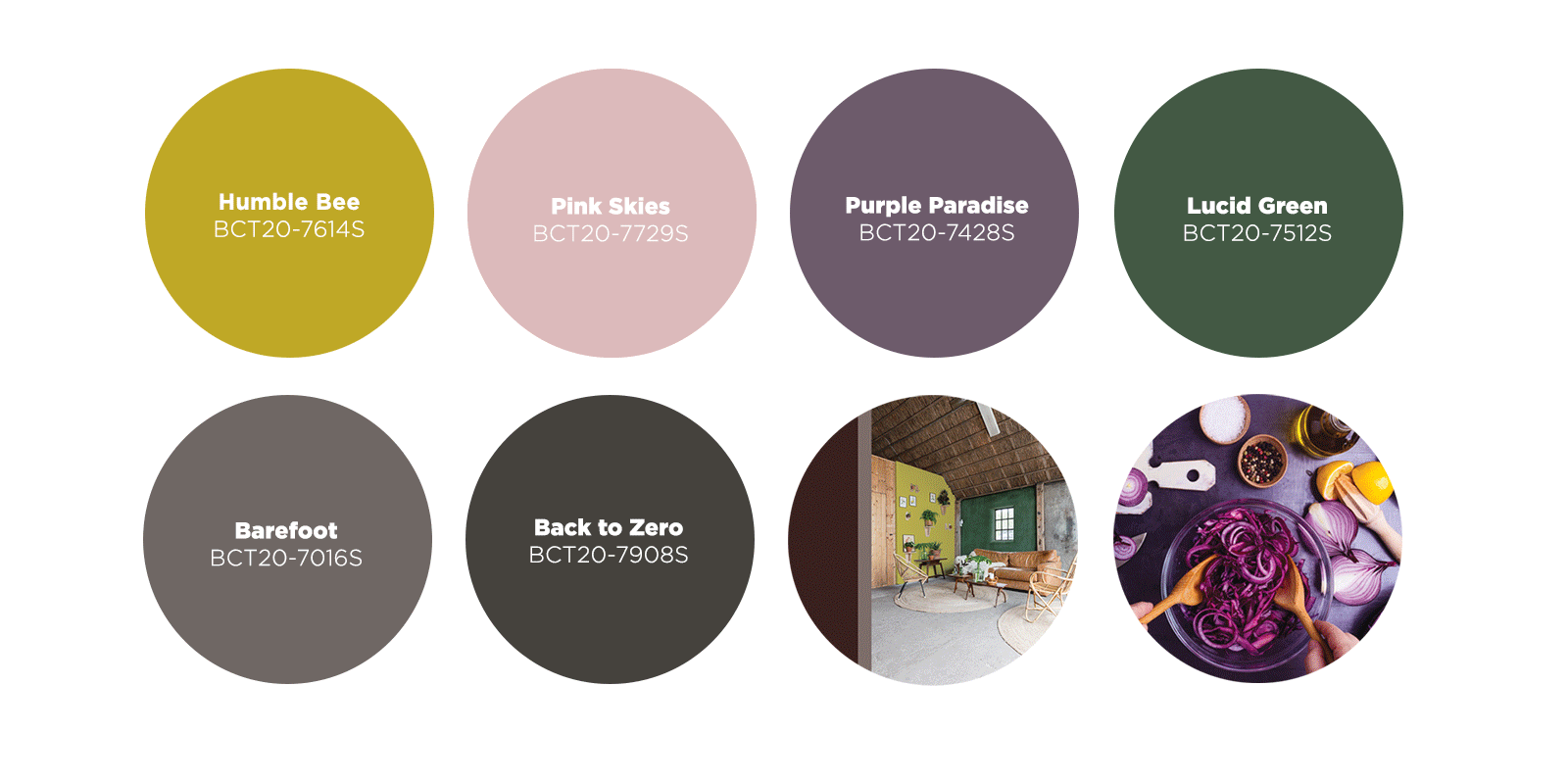
Natural Shapes and Forms
View this post on Instagram
Integrate biomorphic elements into the design of your home. In the photo above, you will see the elements in the green curved seating and the bird pendant lights.
You can use this element in your upholstery, finishes, treatments, even in your embellishments. Arched windows or doorways, which may be more difficult to construct, give an ambience of relaxed living.
Amorphous furniture and accessories seem to be the wave of the future. The shape of the objects is non-structured and non-linear, much like the organic shapes found in nature. There’s a breaking away from the philosophy of “form follows function.” Designers are imbued with a sense of adventure and they are creating objects that have random shapes, a play of symmetry and asymmetry.
Natural Patterns and Processes
View this post on Instagram
An example would be using water features or real plants in transitional spaces to have the patterns and processes that occur in nature. A water element placed in the right spot in the home can be good feng shui. Make sure that the water flows and is not stagnant to prevent mosquitoes from breeding. You can also add fish to prevent the problem.
Have you been to homes that have inner courtyards or patios? You find them usually in Spanish-style dwellings. Even Moroccans have interior gardens in their riads (traditional homes). The coolness that these bring into the home environment is so soothing.
Incorporating plants in the built structure helps you experience the changes in time as the day progresses, or even see efflorescence up close when indoor plants grow.
Light and Space
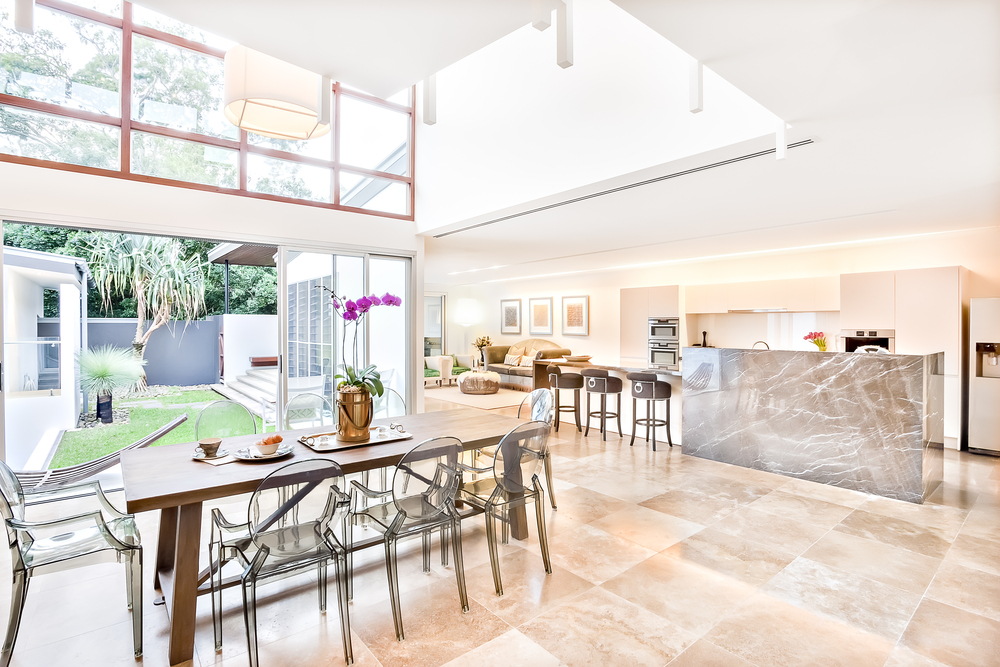
Natural light is a big draw for any home. No artificial lamp can replicate its illumination. The intensity and nuances that natural light brings into a space as day turns into night bring a very natural rhythm into the home. In this time of Covid, it is also very healthy to have access to sunlight for your daily dose of Vitamin D.
Read Inspirations for Indoor-Outdoor Living
The tendency to merge indoor and outdoor is clearly a need to connect with nature and the outside environment.
Place-Based Relationships
View this post on Instagram
This house in New Zealand designed by Herbst Architects is called Under Pohutukawa. It won an award in 2012.
I saw this in one of the episodes of The World’s Most Extraordinary Homes in Netflix. If you are into architecture and interior design, then this series is a must-watch for you. Highly aspirational since all properties are expensive and often in far-flung areas, this program shows the architects’ drive and dedication to marry the built structures with the geographical locations they are in. Much attention is given to respecting the environment as much as possible.
Under Pohutukawa was built very carefully in the middle of a mature forest of Pohutukawa trees (more fondly known as NZ Christmas Trees) which are under conservation. Dealing with the massive constraint of building inside a forest, the architects built around the trees, but had to cut down a few. They said that “the taking out of trees demanded a response from the building.”
Evolved Human-Nature Relationships
View this post on Instagram
Those who have gone through Singapore’s Changi airport may have seen this. The Rain Vortex (which uses recirculated rainwater) is the world’s tallest indoor waterfall at nearly 40 meters. Surrounding it is a four-story indoor forest. At the 5th floor is the Canopy Park with trees, topiaries, and horticultural displays. All these are located in a glass dome called Jewel, which also houses other gardens like the the butterfly, cactus, sunflower, and orchid gardens.
This biophilic gem is the creation of urban designer Moshe Safdie. Jewel is an extraordinary contribution to architecture and it’s no wonder that this was voted the 2020 Building of the Year, as well as the World’s Best Airport in 2020.
Research has shown that there is a link between the human-nature relationship and its impact on people’s health. The biophilic architecture in Changi brings renewal and rejuvenation to a tired and stressed nomad so that he can reach a state of balance.
Turning to Nature During the Pandemic
It’s innate, this desire to connect to nature during this pandemic in order to ground ourselves.
In an interview in BluPrint, Jason and Nikki Buensalido, principals of Buensalido+Architects said, “Because of the pandemic, people will value spaces they neglected before—gardens, porches, balconies, and roof decks. […] Gardens and ancillary areas converted into vegetable gardens and balconies for exercise, recreation, and leisure spaces are treasured by those who have been fortunate to use them during the quarantine period.”
In the same interview, Vince Lim, principal of BCL Asia Landscape Architects, and CLARQ Design Studio, said, “On the profession side, the pandemic has made the younger professionals in our team realize, better than ever before, how vital it is to have well-designed and balanced outdoor and green spaces because they genuinely matter to one’s well being, emotionally and mentally.”
Key Takeaway
“The idea of biophilic design is that our (built) environment is critical to people’s health, productivity, emotional, intellectual, and spiritual well-being. Buildings and landscape can support human health or they can be detrimental. The so-called sustainability movement (embodied most prominently by LEED standards) is more concerned with how people (through our buildings and landscape) affect nature than how nature affects people. It’d be good to shift the emphasis of our development to how we can make our built environments better for human health.” (Hafs Epstein)
Read Use the Neutral Shades of Nature as Inspiration for Your Home Colors
Many of us have started working again after the enhanced community quarantine (ECQ) transitioned to modified ECQ (MECQ). We’ve gone back to functional office spaces that are usually sensory-deprived and artificial. There is hardly any connection to the natural world outside. Even glass windows in some high-rises cannot be opened for safety reasons.
We need natural light, natural ventilation, vegetation, and views. If we don’t have these in our offices, then it is even more important to have these elements in our dwellings.
Our homes should be our sanctuaries, places which help reduce stress, increase creativity, and give us a sense of well-being. Look at the six elements above and see what you can integrate easily into your home and make it happen.
The easiest way right now to have this natural feeling, aside from bringing in plants, without making any structural changes is to have green surfaces. Read The Best Version of Hue: GREEN for inspiration. Choose from the different greens that Boysen offers. It may be time to bring in the soothing, fresh colors of nature into our homes.
During this pandemic when we need to boost our immune systems even more, let’s strive to bring biophilic design into our living spaces.

